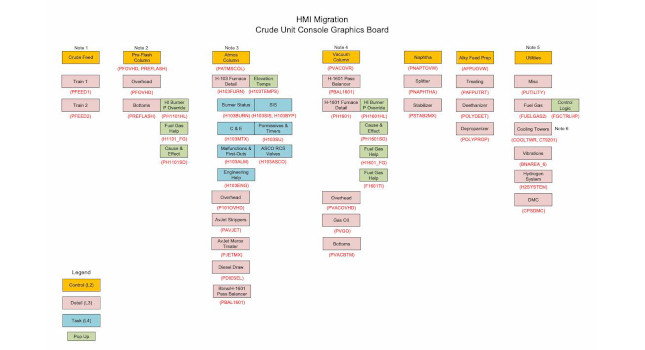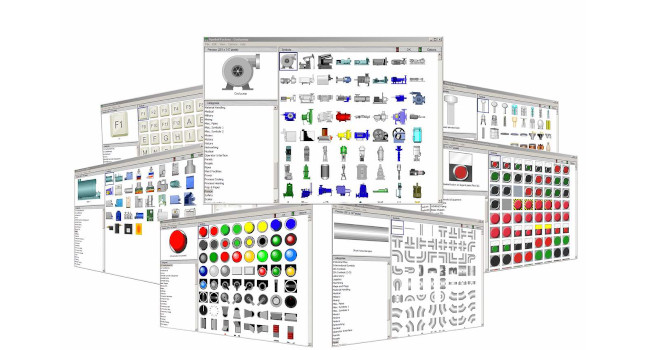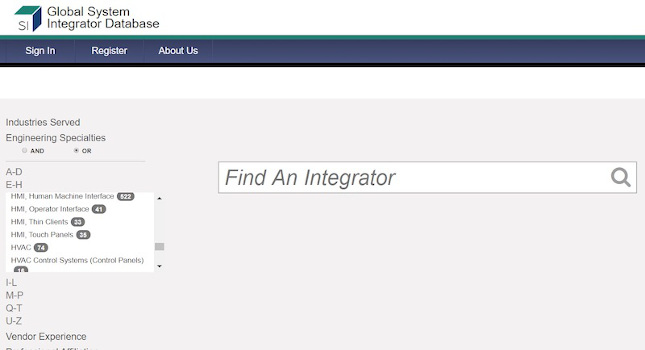New York Lt. Gov. Mary Donohue presented Frank Falatyn, president and CEO of FALA Technologies in Kingston, with the 2005 New York State Small Business Person of the Year Award on Nov. 16, 2005. Falatyn heads the semiconductor and nanotechnology equipment manufacturing company that his parents founded nearly six decades ago.
New York Lt. Gov. Mary Donohue presented Frank Falatyn, president and CEO of FALA Technologies in Kingston, with the 2005 New York State Small Business Person of the Year Award on Nov. 16, 2005. Falatyn heads the semiconductor and nanotechnology equipment manufacturing company that his parents founded nearly six decades ago. Donohue commented that the award demonstrates how “small-town values can lead to big successes.”
FALA felt more frustration than success in early 2005 as the company’s top executives worked to streamline the day-to-day operations. “We needed an objective review of how we were operating because my parents founded this company as Ulster Tool & Die in 1946,” Falatyn said. “For five decades we operated as a family-run machine shop. Ten years ago we shifted to the design and precision manufacturing of semiconductor and nanotechnology products. We transformed from what was originally a domestic IBM-centric supplier to a manufacturer of next-generation tools serving a global marketplace.”
“We recognized that we needed to apply Lean Principles of Manufacturing to our operations,” said Frank Buffa, vice president of manufacturing for FALA Technologies,” but we never had anyone come in to facilitate and guide us through the Value Stream Mapping process to get ideas about how we needed to streamline our operations.”
The Hudson Valley Technology Development Center visited FALA Technologies periodically to discuss the company’s needs. HVTDC, a not-for-profit economic development organization, is a regional division of the New York Manufacturing Extension Partnership, the New York State Office of Science, Technology and Academic Research, and an affiliate of the NIST Manufacturing Extension Partnership. The NIST MEP is a national network of affiliated manufacturing extension centers and field offices staffed by experienced field engineers and manufacturing specialists serving small manufacturers in every state and Puerto Rico.
“Our objectives during these visits to a company,” said HVTDC field services director Robert Winrow, “is always to understand how a business operates, then create and suggest activities specifically designed to improve that business’ performance. When we observed FALA’s operations, we quickly realized by applying our Value Stream Mapping, which falls under the umbrella of our award-winning Lean Principles of Manufacturing, it would help them obtain greater profitability and streamline their operations.”
“HVTDC spearheaded the initiatives for our company to apply for an Industrial Effectiveness Program (IEP) grant from New York State to assist and to defray some of the expense to implement the identified project activities,” said FALA’s operations manager Jaime Chorvas. “The whole process of Lean manufacturing and reviewing our operations began when the grant was awarded in April 2005.”
Value Stream Analysis focuses on a specific process of a business and ‘maps’ out the steps of how something is currently getting done. It identifies “value added” aspects of a business operation that equate to steps required to put actual value into producing a product. “Non value added time” is the time devoted to activities that diminish the operations of the business and production of a product. An analysis of the processes in most businesses finds that value added activities are actually a small percentage of the process time.
“With HVTDC’s guidance and direction,” Chorvas said, “employee teams mapped out the current process, or ‘current’ value stream, and then we mapped out what the ‘future’ process should look like. Simply put, we analyzed and recorded our process and how long each process step takes. From this analysis, we determined where the most time or non-value added resources, are currently being applied. From the future state map we planned out our lean journey, where we’re going and how we’re going to get there.”
To assist in the development and implementation of the recommendations, and to move towards the future state Value Stream, HVTDC is helping the company conduct Kaizens, which are intensive and focused approaches to Process Improvement. Kaizen means “continuous improvement” and the results can often be realized with real time implementation of new methodologies occurring within one week’s time.
“The results during the past eight months have been very positive because these principles help a company meet the daily operational demands of their business while increasing their productivity, capacity and profitability,” said Winrow. “These are principles we believe can be applied to benefit many business entities including hospitals, doctor’s offices and schools.”
Winrow said it may take several months to examine the operations of an entire company and complete the Value Stream Maps. Independently, Kaizen teams within a company are focused on implementation of identified improvements. The Value Stream Mapping and Kaizen teams are comprised of a Team Leader, a Champion and people from the process function and outside the process.
With guidance from HVTDC, the FALA Technologies’ Team Leader coordinates and keeps the meetings on track. The objective of the Champion’s position is to break down any barriers encountered during the process. If the team encounters any informational barrier, the Champion works to break down that barrier toward accomplishing the team’s goal.
“The overriding objective of all of this,” said Buffa, “is to reduce waste in the production process and make production more efficient and our company better able to respond to our customers’ demands. The process brings people’s ideas out to allow us to be more efficient. Before changes to the process are made, the ideas and changes must be justified and supported to show how they will produce results and improve the process.”
To date, FALA Technologies has applied HVTDC’s Value Stream Mapping and Kaizen method to several areas of their business to get everyone involved in the process. “Several years ago,” Chorvas said, “we tried to apply the principles of Lean Manufacturing on our own. We failed because our staff did not understand the process well enough and were not confident with their abilities to implement the changes and contribute ideas for change. Many people were afraid that their thoughts were not valuable enough to actually initiate change. When HVTDC came in and guided us through the Value Stream Mapping process they dispelled the fears and our staff began to come up with great ideas. It’s been a very productive gain for our company.”
| Author Information |
| Phyllis Levine is the Manager of Marketing and Administration with the Hudson Valley Technology Development Center in Fishkill, NY. She can be reached at (845) 896-6934 x 3001, or via email at [email protected] . The HVTDC Web site is: [email protected] . |



